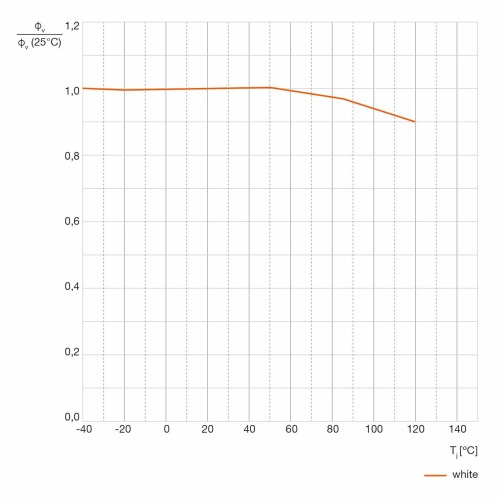The efficient LED light sources of the Synios P 2720 family from Osram Opto Semiconductors are based on compact dimensions and a scalable package concept, opening up new design options, particularly for car headlights. They have been optimized for injecting light into light guides, and can be used as daytime running lights, position lights, and in tail light clusters. From the outside, the 15 LED versions can hardly be distinguished from each other, with all of them having the same solder pad design and package dimensions. On the inside, however, various chip sizes with an edge length between 500 µm and 1 mm, different levels of brightness, and a broad range of colors make the LEDs extremely variable.
Car headlights and tail light clusters are turning more and more into identifying features in cars. Individual headlight design is the vehicle's signature and increases brand recognition. The compact dimensions and scalable package concept of the light sources in the Synios P 2720 family provide designers and engineers with greater freedom of design. The 2.7 mm x 2.0 mm x 0.6 mm packages are equipped with various chips in different sizes and colors. Their materials provide high reliability and temperature cycling stability. They have been designed and qualified for use in automotive lighting. Thanks to their SMT design, the components can be used in standard processes.
 |
|
The new P 2720 Synios family opens up a variety of design options for car headlights. (Osram/LEDinside) |
With their 120° emission characteristic and compact dimensions, these flexible light sources are particularly suitable for injection into light guides. They can be used in headlights, for example as daytime running lights, and perform various functions in tail lights. Thanks to optimum light extraction from the package and extremely good thermal properties, the LEDs offer more light per cost unit. For example, efficiency is 110 lm/W in white, and 80 lm/W in red.
The Synios P 2720 family comprises three chip sizes with and edge length of 500 µm, 750 µm and 1 mm, and is available in white, converted yellow, yellow, red, and super red.
 |
Synios P 2720 provides high luminous flux even at high temperatures, which the 750 µm white chip version shows. (Osram/LEDinside)
|
The variety of types provides the major benefits of the LED family, namely scalability and flexibility. Depending on the size of the chip, brightness is easy to scale, and various levels can be selected according to demand. What's more, the various LED versions with their identical solder pad design and packages offer setmakers a great deal of flexibility for their processes, allowing them to use various levels of brightness and different colors in their applications without the need to change any processes. On top of that it's easier to meet prescribed standards such as ECE and SAE, as product design and solder pad design remain the same.
Thomas Christl from LED Marketing Automotive says: “Nine of the 15 Synios versions are now available on the market. The remaining InGaAlP LEDs with 750 µm and 1 mm chip will follow in the summer. Along with the compact dimensions, various levels of brightness, and different colors, the variety of types opens up a high degree of flexibility when it comes to lamp design.”
|
Technical data for Synios P 2720:
|
|
Color
|
Cx = 0.32, Cy = 0.33 as per CIE 1931 (white)
Cx = 0.57, Cy = 0.42 as per CIE 1931 (converted yellow)
Yellow (586-595 nm), red (612-630 nm) and super red (627-639 nm)
|
|
Brightness according to chip size
|
White: up to 85 / up to 180 / up to 310 lm
Converted yellow: up to 33 / up to 64 / up to 120 lm
Red (617 nm): up to 50 / up to 75 / up to 150 lm
|
|
Tj
|
150° C
|
|
ESD resistance
|
8 kV as per ANSI/ESDA/JEDEC
JS-001 (HBM, class 3B)
|
|
Operating current
|
150-700 mA (depending on Synios version)
|
|
Thermal resistance (depending on LED version)
|
1 mm chip: 7-9 K/W
750 µm chip: 10-14 K/W
500 µm chip: 20-30 K/W
|





 CN
TW
EN
CN
TW
EN







